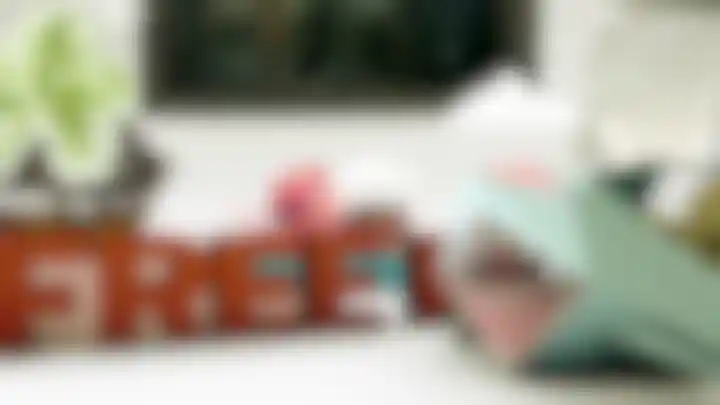
Blind Uses Cinema 4D to Create a Magical 3D World for Bright House Networks When Santa Monica-based Blind was hired to do four TV spots promoting Bright House Networks' HD digital cable, high-speed internet and digital phone service bundles for its Orlando, Florida, customers, the first thing the design and animation studio did was think up fun ways to bring the common household products to life.
Turning to pop-up books and origami for inspiration, Blind came up with a cast of paper figurines intended to look as if they were made by hand, though they were actually built in 3D using Maxon's Cinema 4D. "We wanted to create the illusion of a hand-crafted world to encompass the Bright House products and brand to make the campaign stand out and engage the viewer," says director Tom Koh, who has been using Cinema 4D for four years.
It was Fry Hammond Barr, an Orlando ad agency, who asked Blind to do a pitch for the project, having worked with them on a previous job. They were given a straightforward goal: showcase the Bright House products in a way that brought them to life in a clean, white world. Blind had about two and a half weeks to work on each of the 30-second spots. Four 2D animators and four 3D animators contributed to the project, which Koh describes as a realization of a stylistic direction he's been crafting for some time. "This kind of project incorporates 3D in a very practical way and that's something to which I'm really drawn," he explains.
In the spot for the TV and Road Runner bundle, for example, the movie "Pirates of the Caribbean" playing on a flat screen serves as the backdrop for a scene that includes two battling pirate ships converging on an island complete with a treasure chest guarded by a giant octopus. Just off shore, a green shark comes out of the water, its mouth full of jagged teeth. Everything looks like it's been meticulously folded out of paper. In truth, the pirate ships' tattered sails were made by crumpling paper (and tearing tiny holes in some parts), scanning it in and texturing it on top of 3D planes.

The octopus, shark and the ships are all 3D as well, though they look real enough to have been shot on a tabletop. For the smoke trail coming from the paper rocket ship that ends the spot, Blind's artist used the Spline Effector and Cloner object, which are part of Maxon's MoGraph module. All of the elements for each scene had to pass one simple critique, Koh says: Did they look and feel real enough? "We kept asking ourselves if what we had created in 3D looked like something that you or I could fold and make," Koh recalls.
A scene from the movie "Death Race" plays in the background of the spot for Bright House Network's Triple HD bundle, setting the tone for the 3D car chase going on below. All of the cars, including one decked out with monster truck rally-like teeth, were modeled from scratch in Cinema 4D using reference images the team had collected. Above the action, a 3D helicopter (also made in an origami style) follows the path of the cars (watch the spots on Blind's Web site).

The decision to go with 3D rather than shooting the project on a tabletop turned out to be a good one for many reasons, Koh says. Not only was Blind able to get a more interesting, stylized look with 3D, they were able to maintain a greater sense of collaboration and flexibility with the client on the project, allowing them to maximize creative freedom while working on a tight deadline. "MoGraph was especially helpful because it allowed us to tackle different types of problems like smoke from the rocket ship and a crowd simulation in ways that felt organic rather than canned," Koh continues.
Cinema 4D fit smoothly into Blind's pipeline for this project on which they also used Adobe Illustrator and After Effects, as well as Photoshop. "I like how I have everything I need as separated layers to create a complete composite when I output a 3D scene using Multi-Pass," Koh explains. "Then, if I have to re-render something, it can be as easy as outputting a single pass to update the composite."
Agency
www.blind.com